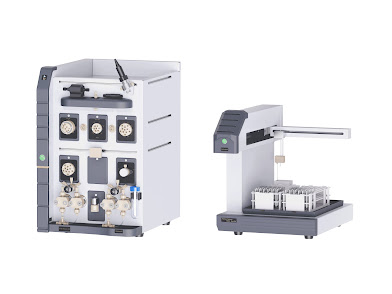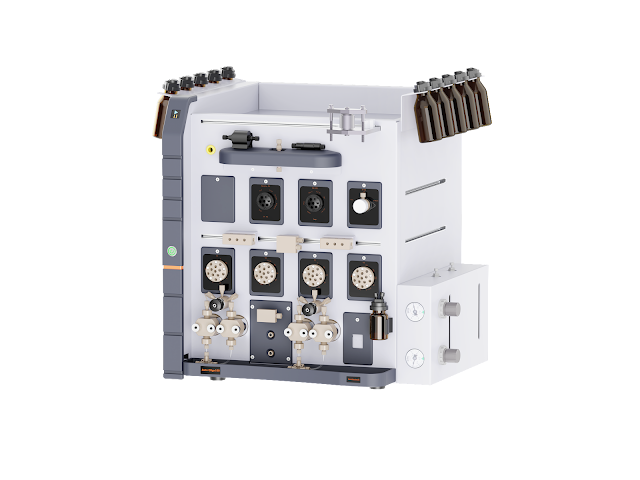Separating the Invisible: The Art and Science of Chromatography and Liquid Chromatography

Chromatography is a versatile analytical technique used to separate, identify, and quantify components in a mixture. The method relies on partitioning components between a stationary phase and a mobile phase. The stationary phase is typically a solid or a liquid supported on a solid, while the mobile phase is a liquid or gas that moves through or across the stationary phase. This separation process is based on the differential affinities of components towards these phases. The efficiency of chromatography depends on the choice of stationary and mobile phases, which determines the interaction strength between the phases and the separated compounds. The Principle of Liquid Chromatography: Liquid Chromatography, a subtype of chromatography, explicitly utilizes a liquid mobile phase to transport the sample mixture through the stationary phase. The stationary phase, often packed in a column, interacts differently with each component of the mixture. Those with a greater affinity ...


